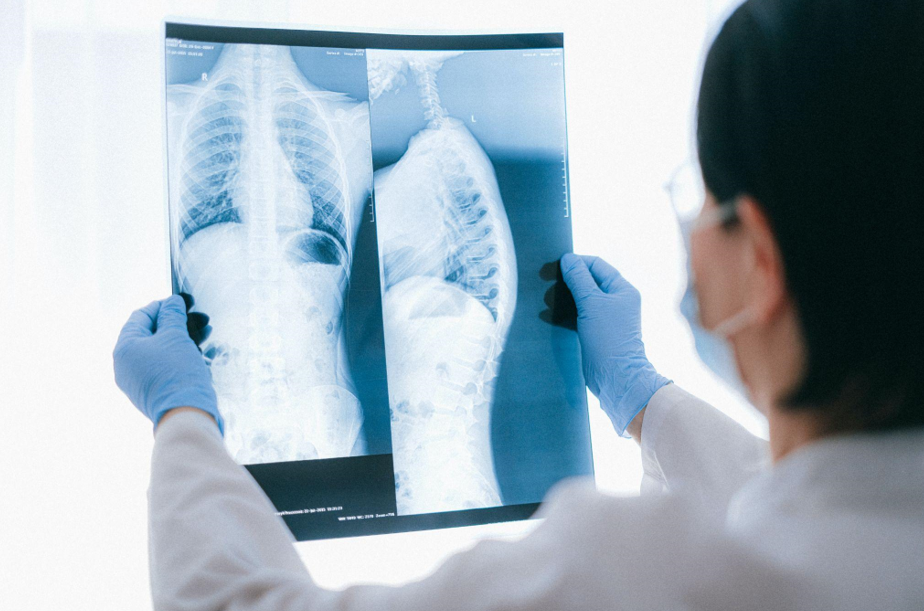Everything You Need to Know About Spinal Cord Stimulators

Spinal cord stimulators, also known as neuromodulation devices, are medical devices that are designed to help manage chronic pain by interrupting pain signals before they reach the brain. These devices are typically implanted in the body and use electrical stimulation to alter the way that pain signals are sent through the spinal cord.
What Are They Used For?
Spinal cord stimulators are typically used to treat chronic pain conditions that have not responded to other treatments such as medication or physical therapy. They are often used to treat conditions such as chronic back pain, nerve damage, and other types of neuropathic pain.
While spinal cord stimulators can be an effective treatment option for some patients, they are not right for everyone. Patients must undergo a thorough trial evaluation to determine if they are a good candidate for spinal cord stimulation.
How Do They Work?
Spinal cord stimulators work by interrupting the pain signals that are sent through the spinal cord. The device is designed to deliver electrical pulses to the nerves in the spinal cord, which can help to reduce the sensation of pain. These electrical pulses can also help to stimulate the release of endorphins, which are the body's natural painkillers.
The spinal cord stimulator device consists of several components, including a small generator that is implanted under the skin, a wire that is placed in the epidural space of the spinal cord, and a remote control that the patient can use to adjust the level of stimulation. The generator produces a mild electrical current, which is carried by the wire to the nerves in the spinal cord. The patient can adjust the level of stimulation using the remote control, which allows them to customize the level of pain relief they receive.
What Are the Different Types of Spinal Cord Stimulators Available?
There are several different types of spinal cord stimulators available, each with its own unique features and benefits. Some of the most common types of spinal cord stimulators include the following types:
Conventional Spinal Cord Stimulators
These are the most common type of spinal cord stimulators and are designed to deliver electrical pulses to the nerves in the spinal cord.
High-Frequency Spinal Cord Stimulators
These devices use a higher frequency of electrical stimulation than conventional spinal cord stimulators and are often used to treat more severe pain.
Burst Spinal Cord Stimulators
These devices deliver electrical pulses in bursts, which can help to reduce the sensation of pain without causing discomfort.
Dorsal Root Ganglion (DRG) Stimulators
These devices are designed to target specific nerves in the spinal cord and can be used to treat pain in specific areas of the body, such as the feet or hands.
Peripheral Nerve Stimulators
These devices are used to stimulate nerves outside of the spinal cord, such as those in the arms or legs. They can be used to treat chronic pain conditions in these areas.
Pre-Surgery Trial Process
- Patient Evaluation: The patient undergoes a comprehensive evaluation by a pain management specialist to determine if they are a suitable candidate for spinal cord stimulator surgery.
- Pre-Trial Assessment: The patient undergoes imaging tests such as an MRI or CT scan to assess the spinal cord, nerves, and surrounding tissues. The specialist discusses the spinal cord stimulator surgery, including potential risks and benefits.
- Trial Implantation: A temporary electrode is placed near the spinal cord under local anesthesia, connected to an external device that sends electrical impulses. The patient keeps a pain diary for several days to a week.
- Post-Trial Evaluation: The patient meets with the specialist to evaluate the effectiveness of the spinal cord stimulator therapy in managing their pain. If significant pain relief is experienced, permanent implantation of the spinal cord stimulator device is recommended.
What to Expect during a Spinal Cord Stimulator Implant Surgery
The implantation surgery for a spinal cord stimulator typically takes a few hours to complete and is performed under general anesthesia. The surgeon will make a small incision in the patient's back and place the generator device under the skin, usually in the lower abdomen or buttocks area. The wire lead will then be carefully guided into the epidural space of the spinal cord, with the guidance of X-ray imaging. Once the wire is in place, the surgeon will secure it in position and close the incision with stitches.
After discharge, patients will need to take care to avoid bending or twisting their back for several weeks to allow the incision to heal. Patients may also be given a temporary external controller to use until the incision has fully healed and they are ready to use the permanent remote control.
During the recovery period, patients may experience some discomfort or soreness at the incision site, which can be managed with pain medication. Patients will need to avoid activities that put excessive strain on their back, such as heavy lifting or strenuous exercise, for several weeks after the surgery.
Are There Any Risks Involved?
As with any surgical procedure, there are risks associated with the implantation surgery for a spinal cord stimulator. Some of the potential risks and complications include:
● Infection at the incision site or around the implanted device
● Bleeding or hematoma formation
● Pain or discomfort at the implantation site
● Device malfunction or failure
● Allergic reaction to the implant materials or anesthesia
● Nerve damage or spinal cord injury
● Displacement or migration of the implanted wire or device
● Spinal fluid leak or headache
● Movement restriction and loss of flexibility in the implanted area
● Need for device removal or revision surgery.
It's important to discuss the potential risks and benefits of spinal cord stimulator implantation surgery with your healthcare provider to determine if it is the right treatment option for you. They can also help you develop a plan to manage any potential risks and complications associated with the procedure.
Whether you're dealing with back pain, nerve damage, or other types of chronic pain, Pain Treatment Centers Of America can provide the expert care and support you need to get back to living your life to the fullest. For more information, contact us at (844) 215-0731.













